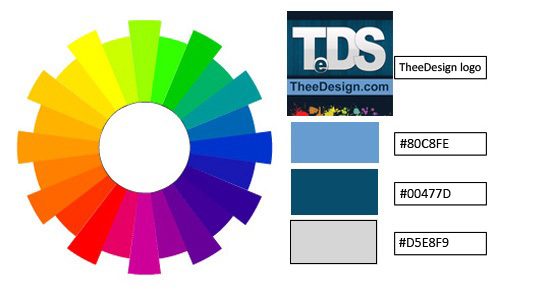
convert hex to pantone
Converting Hex Codes to Pantone Colors: A Beginner's Guide
Ever wondered how designers match colors perfectly? (It's way cooler than it sounds!) This guide walks you through converting hex codes to Pantone colors, a crucial step in design work.
Understanding Hex Codes and Pantone Colors
Hex codes represent colors using numbers and letters (like #FF0000 for red). Pantone colors are specific, standardized colors, each with its own code, making them super useful for precise matching in printing and design. (Pantone helps make sure a color looks the same across different printing methods)
What are Hex Codes?
Hex codes are short-hand representations of a color's RGB values (Red, Green, Blue). They use 6 digits/letters after the #. They basically tell your computer exactly what shade of color you want. For example, #FF0000 is pure red!
What are Pantone Colors?
Pantone is like a standardized language for color. They create specific color formulas. Different color schemes make different color combinations which then helps businesses create a unique product. They offer standardized colors that people can reproduce anywhere in the world.
Why Convert Hex to Pantone?

Source: website-files.com
Sometimes, you need to find the perfect match between the colors from hex codes that computers display and physical colors like in a print product. Sometimes your friend needs the pantone number, instead of the color code given by a designer, in that case, the conversation needs the perfect hex conversion for communication purposes, understanding of color specifications for better understanding, using pantone matching in the printing sector (match the color in your final print product). Converting is a must to get a good product matching (it's really vital in the design industry!).

Source: wondershare.com
The Hex-to-Pantone Conversion Journey
Imagine you have a hex code, say #007BFF (a lovely blue shade). (You know, those gorgeous web designs you see everyday.) We want to find its Pantone equivalent! This involves some research, comparison and precise finding!
Step-by-Step Hex-to-Pantone Conversion

Source: theedigital.com
-
Obtain the Hex Code: Start by getting your hex color code.
-
Research: Look up hex-to-pantone converters on the internet, plenty are available. Many website calculators allow easy calculations
-
Enter the Hex Code: Enter the hex code you're working with. This step should make your life simpler in a single try!
-
Verify the Match: Carefully match the converted Pantone color. Are the values accurate? If not, there are likely problems with finding a matching tone. Look into other color palettes with related colors. For the best matching use a converter that converts and shows you what it has matched up
-
Print Sample (if required): (You might print the shade of the color to see if it matches!) Using sample, printed color is always handy
Where to Find Hex-to-Pantone Converters?
Many online resources exist! Try these resources:
- Online Color Conversion Tools
- Specialized Design Software
- Professional Design Platforms
Is it Difficult?
Actually no. The way of matching the shade depends a lot on your converter, if the converter doesn't understand then, likely you won't find your perfect matching and you will likely end up with an error on your work
When to Choose to Convert?
Convert the hex-color if:
- Your customer expects Pantone colors
- Your design project involves printed materials

Source: wondershare.com
You could just directly order the pantone colors but a huge problem with that is cost. Conversion solves a problem and gets you the precise values
Additional Notes
Sometimes there's no direct Pantone match for a hex color. This is very very normal! You will need to choose the closest matching Pantone colors! Designers often adjust colors a little to make sure printed pieces match the design. Using multiple tools to find close color shades might get the results you want
Potential Problems and Solutions
What if the color conversion tool doesn't seem accurate?
- Double-check the hex code and use accurate inputs for better matching
- Use alternative conversion tools (that is recommended in situations)
Sometimes there isn't an exact match in Pantone. How can I handle this?
- Find the closest Pantone match, or just create a color palette (use reference palettes if available)
Why use Pantone matching in the design industry?
Pantone ensures precise reproduction for physical mediums like printed materials. Without Pantone matching the colors you design could have problems during printings (printing mistakes, errors and mistakes)
Final Thoughts
(Pantone color matching can simplify design processes when there are precise match required by customers.)
Converting hex to Pantone is often useful for people working on design projects.
Learning to match colors in various forms helps create excellent designs for a product or company, a precise process. Converting colors from different mediums gives you a deeper understanding of how you match these colors to other shades
Ultimately, finding a proper Pantone match takes effort. Patience and the correct tools will always lead you towards a great matching and output. (Your creativity will have better chances with this conversion!)


